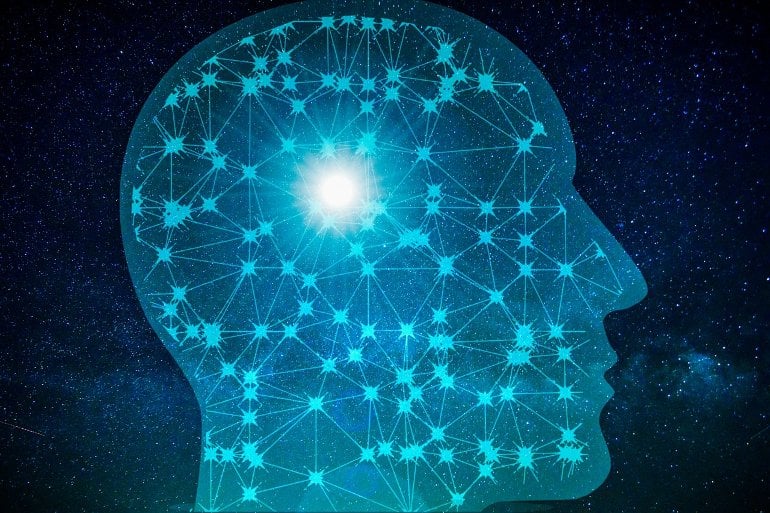Summary: A single neuron is able to select between different patterns, dependent upon the properties of individual stimuli.
Source: University of Exeter
Research breakthrough in understanding how neural systems process and store information.
A team of scientists from the University of Exeter and the University of Auckland have made a breakthrough in the quest to better understand how neural systems are able to process and store information.
The researchers, including lead author Dr Kyle Wedgwood from the University of Exeter’s Living Systems Institute, have made a significant discovery in how a single cell can store electrical patterns, similar to memories.
They compared sophisticated mathematical modelling to lab-based experiments to determine how different parameters, such as how long it takes for neuronal signals to be processed and how sensitive a cell is to external signals, affect how neural systems encode information.
The research team found that a single neuron is able to select between different patterns, dependent on the properties of each individual stimulus.
The research offers a new step towards developing a greater understanding of how information is encoded and stored in the brain, which could open up fresh insights into the cause and treatment of conditions such as dementia.
The research is published in the Journal of the Royal Society Interface on Wednesday, April 14th 2021.

Dr Wedgwood, from the University of Exeter’s Living Systems Institute said: “This work highlights how mathematical analysis and wet-lab experiments can be closely integrated to shed new light on fundamental problems in neuroscience.
“That the theoretical predictions were so readily confirmed in experiments gives us great confidence in the mathematical approach as a tool for understanding how individual cells store patterns of activity. In the long run, we hope that this is the first step to a better understanding of memory formation in neural networks.”
According to Professor Krauskopf from the University of Auckland: “The research shows that a living neuron coupled to itself is able to sustain different patterns in response to a stimulus. This is an exciting first step towards understanding how groups of neurons are able to respond to external stimuli in a precise temporal manner.”
“Communication between neurons occurs over large distances. The communication delay associated with this plays an important role in shaping the overall response of a network. This insight is crucial to how neural systems encode memories, which is one of the most fundamental questions in neuroscience,” adds Professor Tsaneva form the University of Exeter’s Living Systems Institute.
About this neuroscience research news
Source: University of Exeter
Contact: Duncan Sandes – University of Exeter
Image: The image is in the public domain
Original Research: Closed access.
“Robust spike timing in an excitable cell with delayed feedback” by Kyle Wedgwood et al. Journal of the Royal Society Interface
Abstract
Robust spike timing in an excitable cell with delayed feedback
The initiation and regeneration of pulsatile activity is a ubiquitous feature observed in excitable systems with delayed feedback.
Here, we demonstrate this phenomenon in a real biological cell. We establish a critical role of the delay resulting from the finite propagation speed of electrical impulses in the emergence of persistent multiple-spike patterns. We predict the coexistence of a number of such patterns in a mathematical model and use a biological cell subject to dynamic clamp to confirm our predictions in a living mammalian system.
Given the general nature of our mathematical model and experimental system, we believe that our results capture key hallmarks of physiological excitability that are fundamental to information processing.






